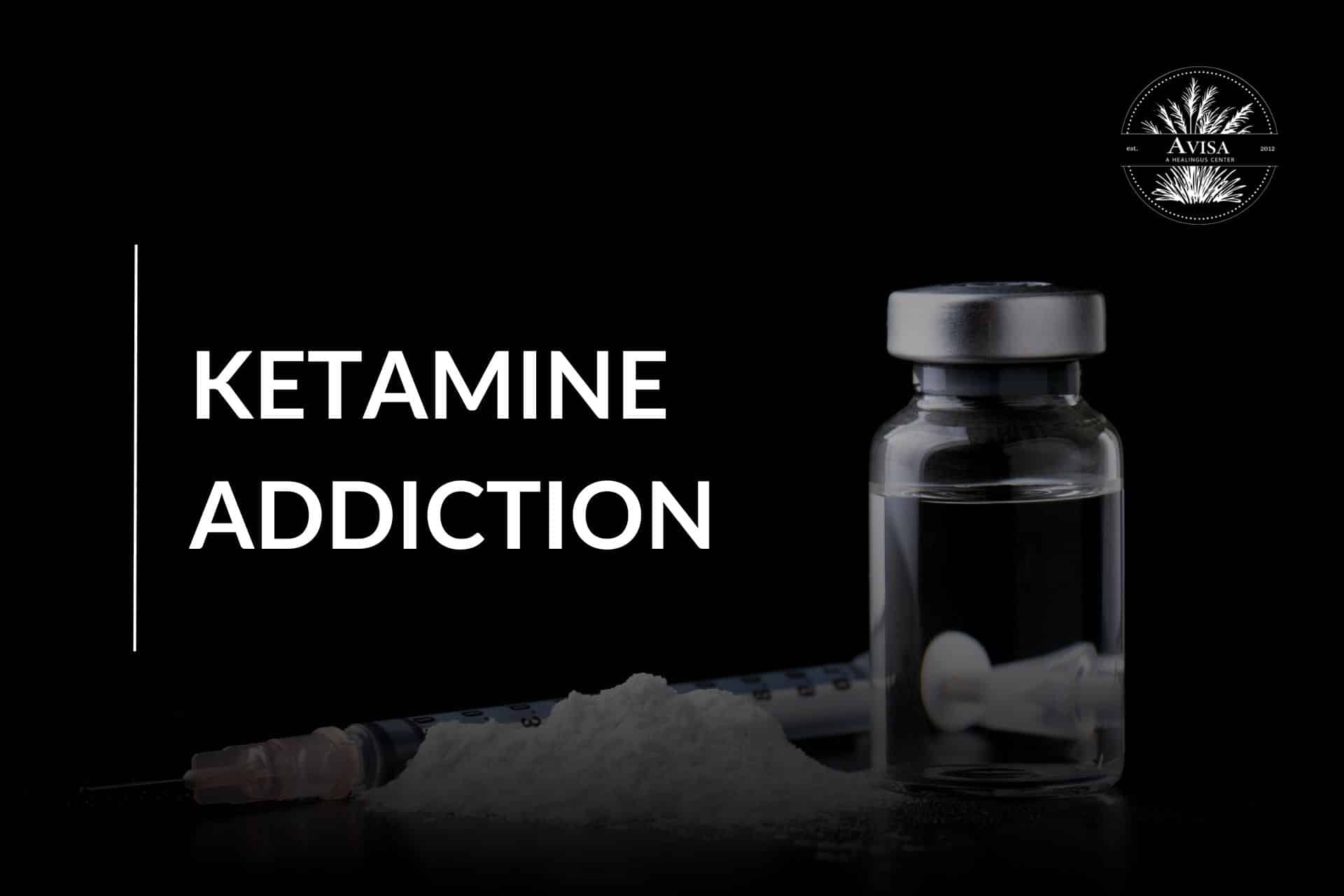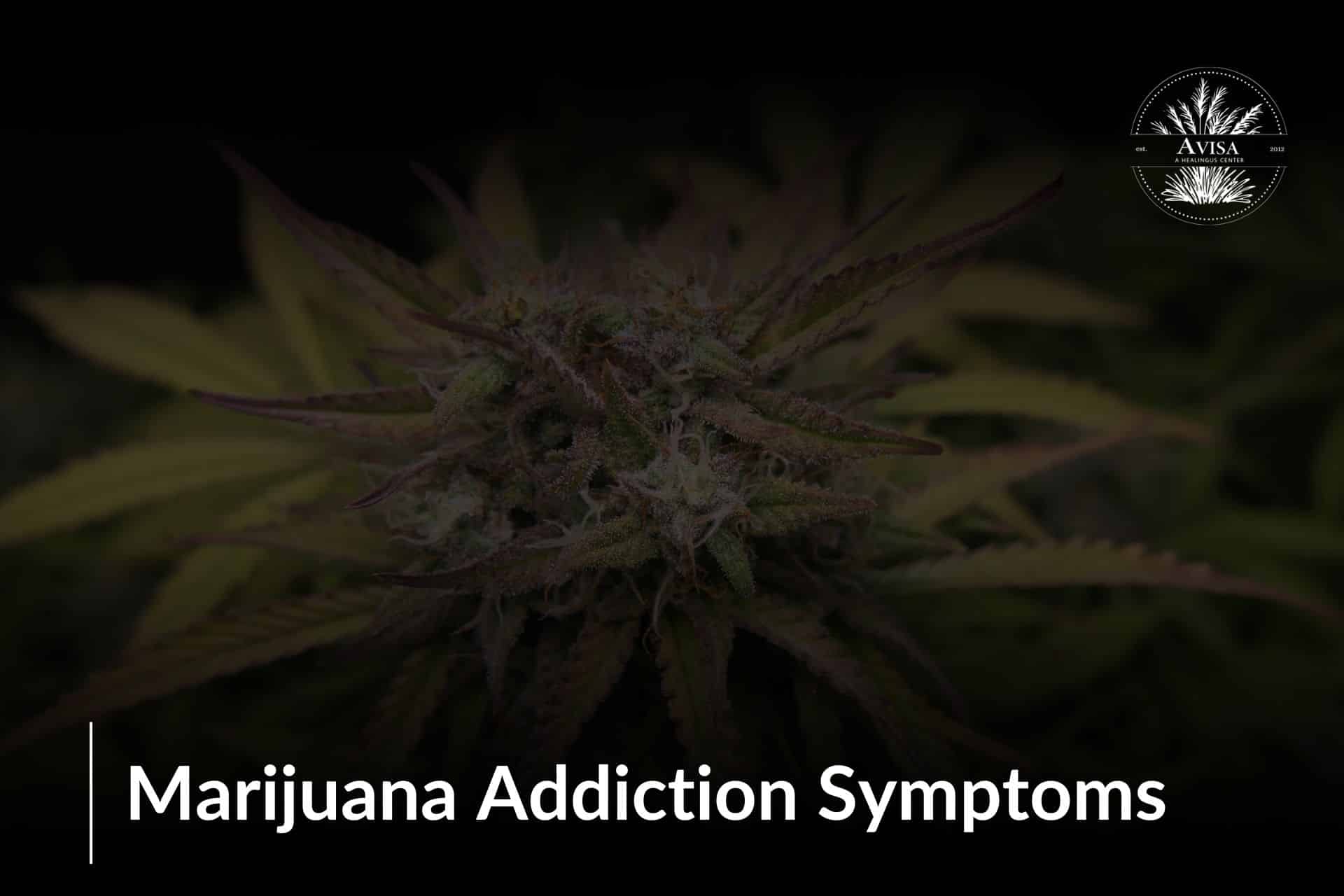Naloxone, commonly known by its brand name Narcan, is a crucial medication renowned for its life-saving potential in combating opioid addiction. Did you know what are the common administration routes for naloxone? It’s essential to recognize that various other methods exist for administering this medication. This article will delve into the common administration routes for Naloxone, shedding light on who can administer it across different settings.
Opioid overdoses can quickly lead to respiratory depression and death. Naloxone, a life-saving medication, rapidly reverses the effects of opioids, restoring breathing and preventing fatalities. Understanding what are common administration routes for naloxone is crucial for timely and effective intervention.
How do you administer Narcan?
Narcan, a brand name for Naloxone, is a life-saving medication that can reverse an opioid overdose. Knowing how to administer Narcan in an emergency can be the difference between life and death.
What are the common administration routes for naloxone?
Before diving into specific routes, it’s crucial to understand some general guidelines that apply to both methods.
- Recognize an Opioid Overdose: Look for signs like slowed or shallow breathing (or no breathing at all), pinpoint pupils, blue or pale complexion, and unresponsiveness.
- Call 911 Immediately: Narcan is a temporary measure to restore breathing until medical help arrives. Call for emergency assistance after administering Narcan.
- Position the Person: Lay the person flat on their back on a firm surface.
- Administer Narcan: Follow the specific instructions for the chosen route
- Stay with the Person: Monitor their breathing and wait for emergency services to arrive.
Exploring Various Administration Routes
By familiarizing yourself with these different administration routes and the general guidelines, you can be prepared to act in an emergency.
Nasal Spray Administration
This is the most common and user-friendly method. The Naloxone comes in a pre-filled nasal spray that can be easily administered even by someone with no prior medical training. Simply follow the instructions provided with the device to deliver a dose of Naloxone through the nose. While generally effective, multiple doses might be needed depending on the situation.
Injectable Naloxone Hydrochloride
This method involves injecting Naloxone into a muscle, typically the thigh or upper arm. While effective, it requires more training and may only be ideal for some in a high-stress situation.
Narcan Nasal Spray, Step-by-Step Guide
Narcan nasal spray is a crucial tool in the fight against opioid overdose emergencies. This user-friendly medication can rapidly reverse the effects of an overdose, potentially saving a life.
Instructions for Proper Administration
By familiarizing yourself with the proper administration of Narcan nasal spray, you can equip yourself with the knowledge and skills to intervene in a potentially life-threatening situation.
- Pre-Administration Check: Before administering Narcan, visually confirm the medication’s validity. Ensure the expiration date on the Narcan nasal spray has, yet to pass and the tamper-evident seal remains unbroken. This verification step safeguards against using expired or compromised medication.
- Positioning for Optimal Delivery: Lay the person experiencing a suspected opioid overdose flat on their back on a firm, stable surface. This optimizes airway patency and facilitates nasal spray administration. Gently tilt the person’s head back slightly to further improve access to the nostril.
- Administering the Dose: Remove the cap from the Narcan nasal spray. Carefully insert the nozzle tip into one person’s nostril with a steady hand. Firmly and completely depress the plunger to deliver a single dose of Narcan.
- Monitoring and Potential Repeat Administration: Following administration, observe the person for 2-3 minutes. Look for signs of recovery, such as resumed or regular breathing. If there is no response, repeat steps 4 and 5 using the other nostril. You may administer additional doses if necessary.
Safety Precautions and Considerations
- Narcan is a Temporary Measure: It is vital to remember that Narcan serves as a bridge, reversing the immediate effects of an overdose. Calling emergency medical services (911) immediately after administering Narcan is essential. Medical professionals can provide definitive evaluation and ongoing care.
- Multiple Doses May Be Required: The potency of opioids can vary significantly. In some cases, multiple doses of Narcan may be necessary to achieve a complete reversal of the overdose. Do not hesitate to administer additional doses if the person does not respond initially.
- Safe to Administer Even When Unnecessary: There are no harmful side effects associated with administering Narcan to someone who is not experiencing an opioid overdose. In such scenarios, the medication will simply have no effect.
- Training Enhances Confidence: While the Narcan nasal spray is designed for ease of use, consider seeking professional training in Narcan administration. Training can bolster your confidence in using the tool effectively during a high-pressure situation and ensure proper technique.
Proper administration is essential for maximizing its effectiveness. This guide outlines the step-by-step process for administering Narcan nasal spray and key safety considerations.
Injectable Naloxone Hydrochloride: Guidelines and Considerations
Understanding Injectable Naloxone
While Narcan nasal spray is the most common form of naloxone for emergency use, injectable naloxone hydrochloride is also available. This injectable form is typically used by medical professionals or individuals trained in intramuscular injections.
Here’s a brief overview of injectable naloxone:
- Function: Similar to the nasal spray, injectable naloxone works by rapidly reversing the effects of opioid overdose, specifically respiratory depression.
- Delivery: The medication is administered by injecting it into a muscle, typically the thigh or upper arm.
- Benefits: Some healthcare providers may prefer it due to its familiarity in a clinical setting. It offers precise dosing control, which is potentially useful in certain situations.
Proper Administration Techniques and Dosages
Administering injectable naloxone requires proper training due to the risks associated with incorrect injection techniques. This section is for informational purposes only and is not a substitute for professional medical training.
For those who are trained in intramuscular injections and have been prescribed injectable naloxone, here are some general guidelines:
- Dosage: Typically, the recommended starting dose for injectable naloxone is 0.4mg to 2mg administered intramuscularly. However, the specific dosage may vary depending on the situation and should be determined by a healthcare professional.
- Injection Site: The preferred injection sites for injectable naloxone are the outer thigh muscle or the upper arm muscle (deltoid).
- Administration Steps: The specific steps for administering injectable naloxone will vary depending on the particular product used. Always follow the instructions provided with the medication and the training you received.
Injectable naloxone can be a valuable tool for reversing opioid overdoses, but proper training is essential for safe and effective administration.
Where Can I Get Narcan (Naloxone)?
Accessibility and Availability of Naloxone:
Naloxone, a medication that can reverse opioid overdoses, is becoming easier for people to obtain. Many states have laws allowing pharmacies to sell naloxone without a prescription. This makes it more accessible to first responders, friends, and family who might be the first on the scene during an overdose emergency.
Easy to Use and Carry
Narcan, a popular brand of naloxone, comes in a user-friendly nasal spray format. It requires no assembly and is pre-filled with a single, effective dose (4mg) to reverse an opioid overdose. This small and portable device can easily fit in a purse or pocket or be stored at home for quick access.
Storage and Alternative Options
Narcan nasal spray is easy to store at room temperature (between 68°F and 77°F). There’s no need to refrigerate it, but freezing should be avoided.
While Narcan is a leading brand, there are other options. Kloxxado, another nasal spray option, delivers a higher dose of naloxone (8mg) per spray. Additionally, Zimhi offers a pre-filled syringe containing 5mg of naloxone for intramuscular or subcutaneous injection.
By increasing access to naloxone and making it easier to use, we can potentially save more lives from opioid overdoses.
- Pharmacies: Many pharmacies carry naloxone nasal spray over the counter without a prescription.
- Harm Reduction Programs: Community-based harm reduction programs often offer free or low-cost naloxone kits and training on proper administration.
- Healthcare Providers: Doctors and other healthcare professionals can prescribe naloxone and guide its use.
FAQs
1. What are the common administration routes for naloxone?
Fortunately, naloxone, a widely recognized opioid antagonist sold under the brand name Narcan, proves highly effective in reversing opioid overdose. Typically administered intranasally, Narcan contains 4mg of naloxone. The primary routes for naloxone administration include intramuscular (IM), intranasal (IN), and intravenous (IV).
2. What is the most common technique for naloxone administration?
Intranasal administration stands as the most prevalent and convenient method for administering Naloxone®, utilizing the nasal pathway for delivery.
3. What is the administration route for naloxone Aha?
Naloxone, a powerful opioid receptor antagonist, boasts an outstanding safety record and possesses the capability to counteract opioid-induced respiratory depression in patients. It can be delivered through various routes, including intravenous, intraosseous, intramuscular, subcutaneous, or intranasal administration, and inhalation nebulization.
Conclusion
In the fight against opioid addiction, knowing what are the common administration routes for naloxone stands as a beacon of hope, offering a lifeline to those facing overdose emergencies. As discussed, understanding the common administration routes for naloxone is crucial for timely and effective intervention. Whether it’s through nasal spray administration or injectable forms, naloxone has the power to reverse opioid overdoses and save lives.
Take the first step in becoming a lifesaver. Consider attending a naloxone administration training session in your community. Reach out to Avisa to inquire about obtaining a naloxone kit and learning how to use it effectively.











